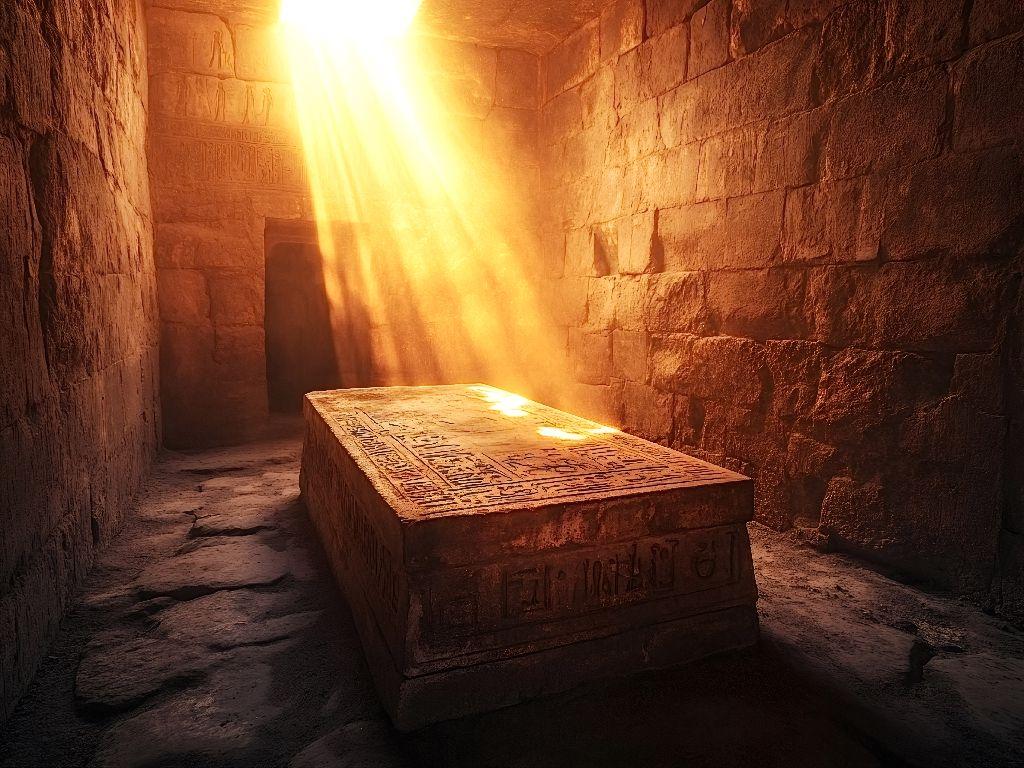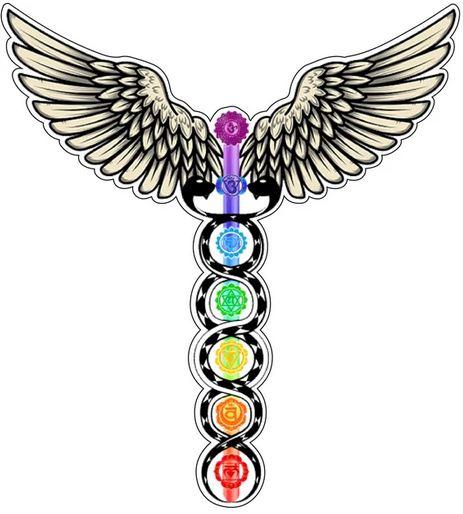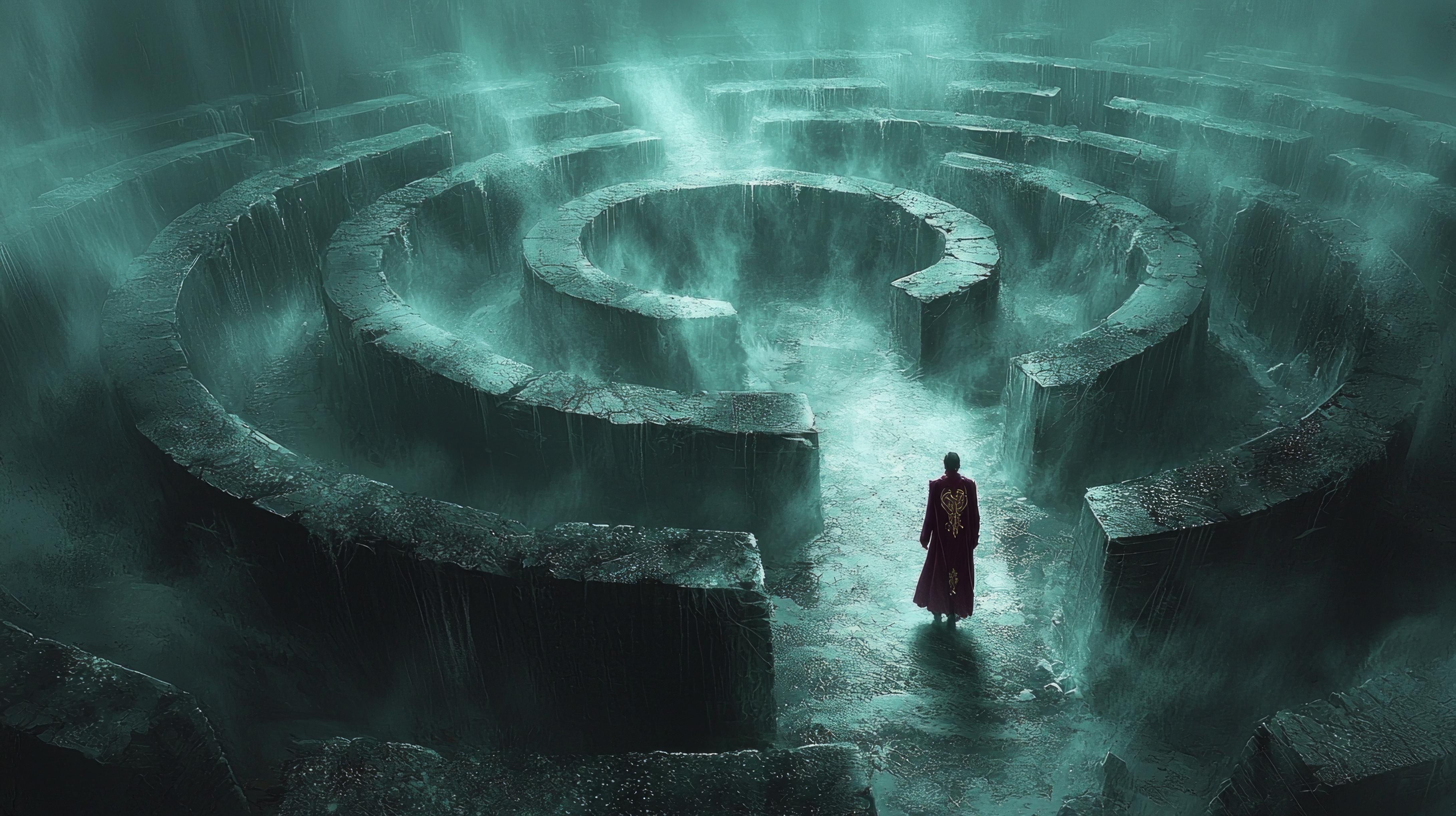Sarcophagus

Sarcophagus
Archaeology / Burial / Antiquity / Symbolism
Definition:
A sarcophagus is an elaborately carved stone coffin, primarily used in ancient times for burying prominent individuals. The word comes from Greek sarkophagos ("flesh-eater"), originally referring to a type of limestone believed to accelerate decomposition.
Characteristics:
-
Typically made of stone (especially limestone, marble, or granite), occasionally of metal, wood, or clay
-
Often decorated with carvings, inscriptions, religious or mythological imagery
-
Used in above-ground tombs, crypts, or temples, sometimes placed inside burial chambers or pyramids
Cultural Use:
1. Egypt:
-
Central to pharaonic burials
-
Most famous: the golden sarcophagus of Tutankhamun
-
Often nested (inner, middle, outer sarcophagi)
2. Greece and Rome:
-
Decorated with mythological scenes, battle reliefs, or portraiture
-
Reflected social status and religious belief
3. Middle Ages & Renaissance:
-
Used for Christian burials of kings, bishops, and nobility
-
Featured Christian iconography, saints, and family crests
Symbolism:
-
The sarcophagus symbolizes the passage from life to death, eternity, and remembrance
-
In esoteric or mythic interpretations, it is seen as a vessel of the soul or a space of spiritual transformation
Modern Significance:
-
Important in archaeology, art history, and museum studies
-
Popular in pop culture (e.g., mummy tales, ancient curses, afterlife mysteries)+
Links:




